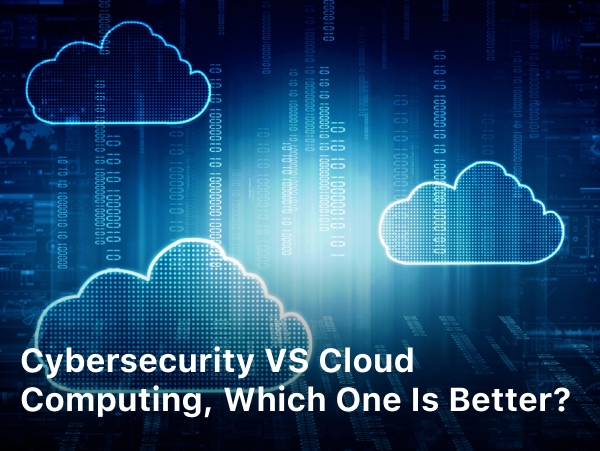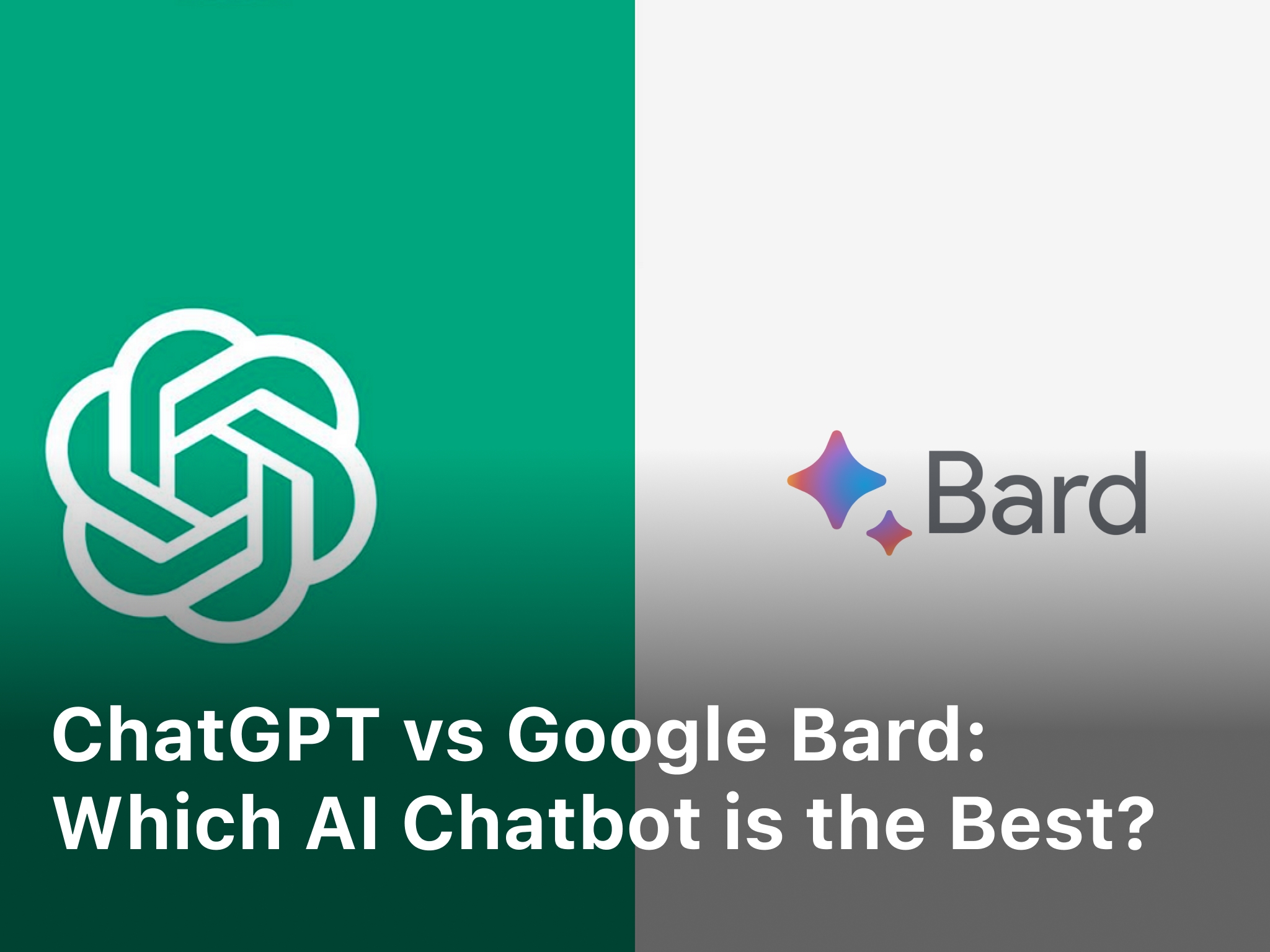Cybersecurity vs Cloud Computing, Which One Is Better?
vpnmighty.com – Cybersecurity vs Cloud Computing. Explore the critical distinctions between cybersecurity and cloud computing, their impact on data protection, and the emerging trends that shape the future of cloud security. Learn how these two pillars of the digital world work together to safeguard our information.
In the rapidly evolving landscape of digital technology, two concepts play a pivotal role in ensuring data protection: cybersecurity vs cloud computing. Cybersecurity involves safeguarding digital systems, networks, and data from malicious attacks, while cloud computing enables the storage, access, and management of vast amounts of data and applications over the internet.
Both are vital components of modern businesses and organizations, and understanding the differences between them is crucial for ensuring the safety of sensitive information.
Cybersecurity vs Cloud Computing
At first glance, cybersecurity and cloud computing might seem interchangeable in their purpose, but they operate in distinct ways to protect data. Understanding their unique characteristics is essential to maintaining a secure digital environment.
What is Cybersecurity?
Cybersecurity refers to the set of practices and measures designed to protect digital systems, devices, and data from unauthorized access, damage, or theft. It encompasses various security protocols, such as firewalls, encryption, and multi-factor authentication, to counteract cyber threats.
In the interconnected and technologically driven world we live in, cybersecurity stands as the vanguard against a barrage of digital threats that constantly loom over individuals, businesses, and organizations.
At its core, cybersecurity encompasses a comprehensive set of practices, processes, and measures designed to safeguard digital systems, networks, devices, and data from unauthorized access, data breaches, cyberattacks, and other malicious activities orchestrated by cybercriminals.
The Evolving Landscape of Cyber Threats
The digital landscape has witnessed an explosion in technological advancements, making our lives more convenient, efficient, and interconnected. However, this rapid technological growth has also opened doors to sophisticated cyber threats that continuously evolve and adapt to circumvent traditional security measures.
Cybersecurity, therefore, assumes an ever more critical role in protecting sensitive information and digital assets from a myriad of threats, including malware, ransomware, phishing attacks, Advanced Persistent Threats (APTs), and Distributed Denial of Service (DDoS) attacks, to name a few. As cybercriminals become more resourceful and innovative, the need for robust cybersecurity measures becomes paramount.
The Pillars of Cybersecurity
Effective cybersecurity relies on a multi-layered approach, wherein each layer acts as a barrier against different aspects of cyber threats. Here are some key pillars of cybersecurity:
- Network Security: Network security involves the protection of networks and their infrastructure from unauthorized access, attacks, and misuse. This includes the use of firewalls, intrusion detection systems, and encryption protocols to safeguard data in transit.
- Endpoint Security: Endpoint security focuses on securing individual devices, such as computers, smartphones, and tablets, from malware, viruses, and other cyber threats. Antivirus software, anti-malware programs, and regular software updates play vital roles in this aspect.
- Data Security: Data security revolves around protecting sensitive data from unauthorized access, modification, or theft. Encryption techniques, access controls, and data classification are employed to ensure data confidentiality and integrity.
- Application Security: Application security involves securing software and applications from potential vulnerabilities that could be exploited by hackers. Regular security testing, code reviews, and secure coding practices contribute to strengthening application security.
- Cloud Security: With the widespread adoption of cloud computing, cloud security has become a crucial component of cybersecurity. It focuses on safeguarding data and applications stored and accessed through cloud service providers, ensuring data privacy and compliance.
- Identity and Access Management (IAM): IAM is a fundamental aspect of cybersecurity, as it involves managing and controlling user access to digital resources. Multi-factor authentication and role-based access control are common IAM practices.
The Human Element in Cybersecurity
While advanced technologies and automated security solutions play a significant role in cybersecurity, the human element remains critical. Cybersecurity awareness and training for employees are essential to mitigate human-related vulnerabilities, such as social engineering attacks like phishing and spear-phishing.
Employees need to be educated about the latest cyber threats, safe online practices, and the importance of strong passwords. Regular security training and simulated phishing exercises can enhance the overall security posture of an organization by making employees more vigilant and proactive against potential cyber threats.
Cybersecurity Challenges and Future Prospects
As technology continues to advance, so do the challenges faced by cybersecurity experts. Cybercriminals are continuously devising new attack techniques, making it imperative for cybersecurity professionals to stay one step ahead. Additionally, the increasing interconnectedness of devices through the Internet of Things (IoT) presents new security risks that demand attention.
To counter these challenges, the future of cybersecurity relies on innovation and collaboration. Advancements in artificial intelligence and machine learning will empower security systems to detect and respond to cyber threats more effectively. Furthermore, collaboration between governments, private organizations, and individuals will foster a collective effort in combating cybercrime and strengthening cybersecurity on a global scale.
What is Cloud Computing?
Cloud computing, on the other hand, is a paradigm that enables access to shared computing resources and data storage over the internet. Users can store and access their data remotely through data centers hosted by cloud service providers, reducing the need for local infrastructure.
At its essence, cloud computing refers to the delivery of computing services—such as storage, servers, databases, software, and more—over the internet, providing users with on-demand access to a shared pool of computing resources, without requiring local infrastructure or hardware.
The Pillars of Cloud Computing
Cloud computing is built on a set of fundamental service models that cater to different computing needs. These models form the basis for the delivery of cloud services, and they include:
- Infrastructure as a Service (IaaS): IaaS offers virtualized computing resources over the internet. Users can rent virtual machines, storage, and networking components from cloud service providers, eliminating the need to maintain physical hardware.
- Platform as a Service (PaaS): PaaS provides a development and deployment environment for developers to build, test, and deploy applications without worrying about the underlying infrastructure. It streamlines the development process, enhancing productivity and reducing time to market.
- Software as a Service (SaaS): SaaS delivers software applications over the internet on a subscription basis. Users can access and use these applications through a web browser, without having to install or maintain the software on their local devices.
The Advantages of Cloud Computing
Cloud computing offers a multitude of benefits that have fueled its rapid adoption across various industries. Some of the key advantages include:
- Scalability: Cloud services can be easily scaled up or down based on changing demands, allowing businesses to accommodate fluctuations in user traffic and data storage requirements.
- Cost Savings: Cloud computing eliminates the need for significant upfront investments in hardware and infrastructure. Instead, users pay for the resources they consume on a pay-as-you-go basis, reducing overall IT costs.
- Flexibility and Accessibility: Cloud services enable users to access their data, applications, and services from any location with an internet connection, promoting remote work and collaboration.
- Reliability and Redundancy: Reputable cloud providers maintain redundant data centers, ensuring high availability and minimizing downtime in the event of hardware failures or disasters.
- Security and Compliance: Established cloud providers invest heavily in robust security measures, including encryption, access controls, and compliance certifications, bolstering data security and regulatory compliance.
Types of Cloud Deployments
Cloud computing offers different deployment models to cater to the diverse needs of organizations. The main types of cloud deployments include:
- Public Cloud: Public clouds are hosted and managed by third-party cloud service providers, making resources available to the general public. They are cost-effective and scalable, making them ideal for startups and small to medium-sized enterprises.
- Private Cloud: Private clouds are dedicated infrastructures that are exclusively used by a single organization. They offer enhanced security and control, making them suitable for enterprises with stringent data security and compliance requirements.
- Hybrid Cloud: Hybrid clouds are a combination of public and private clouds, allowing organizations to leverage the benefits of both environments. It enables seamless data and application mobility between the two, facilitating workload optimization.
The Future of Cloud Computing
As technology advances and more businesses embrace digital transformation, the future of cloud computing appears promising. The integration of emerging technologies such as edge computing, artificial intelligence, and machine learning will drive innovation in cloud services, optimizing performance and efficiency.
Moreover, with the ever-increasing volume of data generated by IoT devices and digital interactions, cloud computing will play a pivotal role in processing, storing, and analyzing this data to derive valuable insights for businesses and society as a whole.
Keep Reading : How to Use Threads

What are the Key Differences Between Cybersecurity and Cloud Security?
While both cybersecurity and cloud security aim to protect data, they differ in their approach and scope of protection. Here are the key distinctions between the two:
- Scope of Protection:
- Cybersecurity focuses on securing individual devices, networks, and systems from threats like malware, phishing, and ransomware.
- Cloud security, on the other hand, centers around securing data stored and transmitted through cloud services, as well as the underlying infrastructure of the cloud.
- Responsibility:
- Cybersecurity is the responsibility of individual organizations or users who need to safeguard their digital assets.
- Cloud security involves shared responsibility, where cloud service providers are responsible for securing the infrastructure, while users are responsible for securing their data and applications.
- Location of Data:
- In cybersecurity, data is often stored locally on individual devices or on-premises servers.
- Cloud computing centralizes data storage in remote data centers managed by cloud service providers.
- Adaptability:
- Cybersecurity measures can be tailored to suit specific organizational needs and risks.
- Cloud security relies on standardized security protocols implemented by the cloud provider.
What are examples of Cloud Security Threats?
Despite the advancements in cloud security, potential threats persist in the digital realm. Some of the common cloud security threats include:
- Data Breaches:
- Unauthorized access to sensitive data stored in the cloud can lead to data breaches and compromise user information.
- Insider Threats:
- Malicious activities from within an organization can result in data leaks or sabotage of cloud infrastructure.
- DDoS Attacks:
- Distributed Denial of Service (DDoS) attacks can overload cloud servers, causing disruptions in services.
- Insecure APIs:
- Weak Application Programming Interfaces (APIs) can provide entry points for hackers to access cloud resources.
- Data Loss:
- Data stored in the cloud may be subject to accidental deletion or corruption, leading to permanent data loss.
Real Threats to Cybersecurity and Cloud Security
In the dynamic landscape of cybersecurity and cloud computing, several real threats continually challenge the security of digital systems:
- Phishing Attacks:
- Cybercriminals use deceptive techniques to trick users into revealing sensitive information like passwords or credit card details.
- Ransomware:
- Malicious software encrypts the user’s data, and the attacker demands a ransom for the decryption key.
- Advanced Persistent Threats (APTs):
- APTs are sophisticated, long-term cyberattacks targeted at specific organizations, aiming to extract valuable information.
- Malware:
- Malicious software, such as viruses, worms, and Trojans, can infiltrate systems to cause damage or steal data.
What is the Future of Cloud Security?
The future of cloud security is shaped by emerging technologies and evolving threats. Several trends are likely to influence the landscape of cloud security:
- Zero Trust Architecture:
- The Zero Trust model advocates strict identity verification for all users and devices attempting to access cloud resources.
- Multi-Factor Authentication (MFA):
- MFA will become more prevalent to enhance security, requiring multiple forms of verification for user access.
- AI-driven Security Solutions:
- Artificial Intelligence will play a crucial role in detecting and mitigating potential security threats.
- Blockchain for Enhanced Security:
- Blockchain technology may be integrated into cloud security to ensure data integrity and prevent unauthorized alterations.
- Regulatory Compliance:
- Stricter data protection regulations will drive cloud service providers to enhance security measures and adhere to compliance standards.
FAQs
Here are some frequently asked questions regarding cybersecurity vs cloud computing:
1. Are cybersecurity and cloud computing the same thing?
No, they are not the same. Cybersecurity deals with protecting digital systems, networks, and data from cyber threats, while cloud computing involves the remote storage and management of data and applications through the internet.
2. Who is responsible for cloud security?
Cloud security involves shared responsibility. Cloud service providers are responsible for securing the underlying infrastructure, while users are responsible for securing their data and applications within the cloud.
3. What are some common cloud security threats?
Common cloud security threats include data breaches, insider threats, DDoS attacks, insecure APIs, and data loss.
4. How can organizations prepare for future cloud security challenges?
Organizations can prepare for future cloud security challenges by adopting a Zero Trust architecture, implementing multi-factor authentication, embracing AI-driven security solutions, considering blockchain for enhanced security, and adhering to regulatory compliance standards.
5. Is cloud computing part of cybersecurity?
Cloud security is a discipline of cyber security dedicated to securing cloud computing systems. This includes keeping data private and safe across online-based infrastructure, applications, and platforms.
Conclusion
In the digital age, cybersecurity and cloud computing are two sides of the same coin, working together to protect data and ensure a secure online environment. While they differ in their focus and implementation, both are indispensable for safeguarding sensitive information from an ever-evolving array of cyber threats.
As technology continues to advance, it is essential for individuals and organizations to stay vigilant, adapt to emerging security trends, and collaborate with cloud service providers to fortify their digital defenses.




